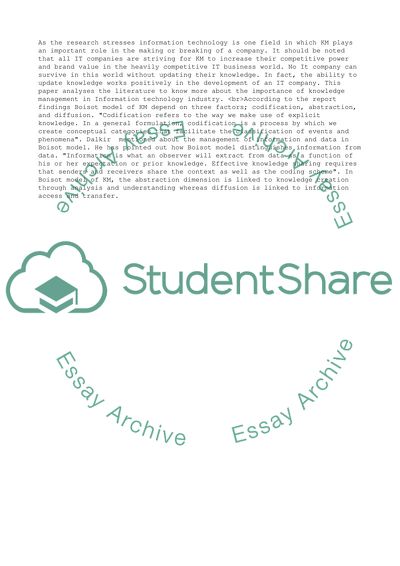Cite this document
(“Information Technology and Knowledge Management Dissertation”, n.d.)
Information Technology and Knowledge Management Dissertation. Retrieved from https://studentshare.org/management/1605221-information-technology-and-knowledge-management
Information Technology and Knowledge Management Dissertation. Retrieved from https://studentshare.org/management/1605221-information-technology-and-knowledge-management
(Information Technology and Knowledge Management Dissertation)
Information Technology and Knowledge Management Dissertation. https://studentshare.org/management/1605221-information-technology-and-knowledge-management.
Information Technology and Knowledge Management Dissertation. https://studentshare.org/management/1605221-information-technology-and-knowledge-management.
“Information Technology and Knowledge Management Dissertation”, n.d. https://studentshare.org/management/1605221-information-technology-and-knowledge-management.


